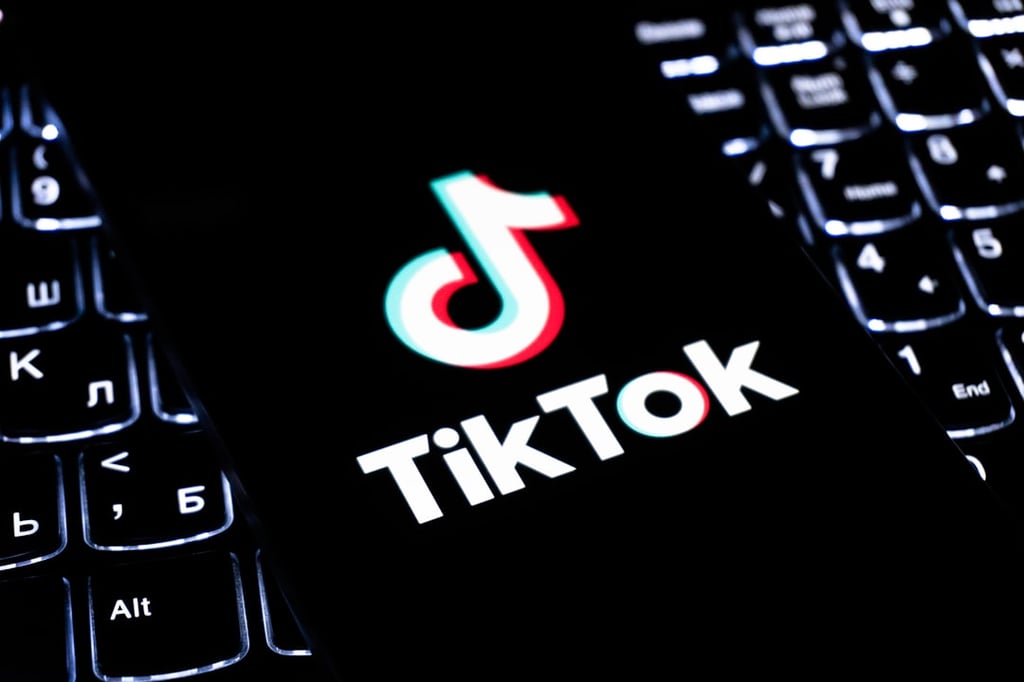Datamation content and product recommendations are
editorially independent. We may make money when you click on links
to our partners.
Learn More
Corporate-owned devices are losing their luster.
That’s the message from Gartner, whose latest forecast indicates that the bring your own device (BYOD) movement is more than just a passing fad. BYOD, which is making iPad sightings in the workplace a common occurrence, will soon become business as usual for a growing number of organizations.
The research firm predicts that by 2017, employees will be required to provide their own devices at half of all workplaces. In its global survey of CIOs, Gartner also discovered that by 2016, 38 percent of companies expect that they’ll no longer be issuing devices to their workers.
While BYOD affects organizations of all sizes, it’s particularly taking off in midsized and large enterprises, reported Gartner.
Geography plays a role, too. “Companies in the United States are twice as likely to allow BYOD as those in Europe, where BYOD has the lowest adoption of all the regions,” revealed Gartner in a statement. Employees in India, China and Brazil are the more apt to tote their own mobile phones to work.
BYOD is redefining corporate IT, noted Gartner vice president David Willis.
“BYOD strategies are the most radical change to the economics and the culture of client computing in business in decades. The benefits of BYOD include creating new mobile workforce opportunities, increasing employee satisfaction, and reducing or avoiding costs,” said Willis in press remarks.
It’s a big shift from the traditional view of user IT, one that will require that businesses take a good hard look at how BYOD can affect a workplace.
“Most leaders do not understand the benefits, and only 22 percent believe they have made a strong business case. Like other elements of the Nexus of Forces (cloud, mobile, social and information), mobile initiatives are often exploratory and may not have a clearly defined and quantifiable goal, making IT planners uncomfortable,” added Willis.
“If you are offering BYOD, take advantage of the opportunity to show the rest of the organization the benefits it will bring to them and to the business,” recommended Willis.
Mobile data security is the top concern among CIOs. Yet, there are signs that they are getting a good handle on safeguarding business information. Over half of organizations polled by Gartner gave themselves a high score in securing corporate data, at least on enterprise-owned mobile devices.
Cost is also a factor. “Today, roughly half of BYOD programs provide a partial reimbursement,” said Gartner, adding that “full reimbursement for all costs will become rare” as employers exploit reductions in carrier fees and widespread mobile device adoption. Thus, businesses “should subsidize only the service plan on a smartphone,” recommended Willis.
For enterprises, it’s a safe bet that their employees will have work-ready smartphones and/or tablets of their own. MarketandMarkets recently forecast that the BYOD and enterprise mobility market will reach $181.39 billion by 2017 from $67.21 billion in 2011.
MarketandMarkets observed, “Employees are using their own devices such as smartphones, tablets, and laptops, for the official work to be connected with the enterprise network anytime, anywhere. Thus Bring-your-own-device (BYOD) phenomenon is entering enterprise IT, and will change the way users and organizations address the network security concerns.”
Pedro Hernandez is a contributing editor at InfoStor and InternetNews.com. Follow him on Twitter @ecoINSITE.
-
Huawei’s AI Update: Things Are Moving Faster Than We Think
FEATURE | By Rob Enderle,
December 04, 2020
-
Keeping Machine Learning Algorithms Honest in the ‘Ethics-First’ Era
ARTIFICIAL INTELLIGENCE | By Guest Author,
November 18, 2020
-
Key Trends in Chatbots and RPA
FEATURE | By Guest Author,
November 10, 2020
-
Top 10 AIOps Companies
FEATURE | By Samuel Greengard,
November 05, 2020
-
What is Text Analysis?
ARTIFICIAL INTELLIGENCE | By Guest Author,
November 02, 2020
-
How Intel’s Work With Autonomous Cars Could Redefine General Purpose AI
ARTIFICIAL INTELLIGENCE | By Rob Enderle,
October 29, 2020
-
Dell Technologies World: Weaving Together Human And Machine Interaction For AI And Robotics
ARTIFICIAL INTELLIGENCE | By Rob Enderle,
October 23, 2020
-
The Super Moderator, or How IBM Project Debater Could Save Social Media
FEATURE | By Rob Enderle,
October 16, 2020
-
Top 10 Chatbot Platforms
FEATURE | By Cynthia Harvey,
October 07, 2020
-
Finding a Career Path in AI
ARTIFICIAL INTELLIGENCE | By Guest Author,
October 05, 2020
-
CIOs Discuss the Promise of AI and Data Science
FEATURE | By Guest Author,
September 25, 2020
-
Microsoft Is Building An AI Product That Could Predict The Future
FEATURE | By Rob Enderle,
September 25, 2020
-
Top 10 Machine Learning Companies 2020
FEATURE | By Cynthia Harvey,
September 22, 2020
-
NVIDIA and ARM: Massively Changing The AI Landscape
ARTIFICIAL INTELLIGENCE | By Rob Enderle,
September 18, 2020
-
Continuous Intelligence: Expert Discussion [Video and Podcast]
ARTIFICIAL INTELLIGENCE | By James Maguire,
September 14, 2020
-
Artificial Intelligence: Governance and Ethics [Video]
ARTIFICIAL INTELLIGENCE | By James Maguire,
September 13, 2020
-
IBM Watson At The US Open: Showcasing The Power Of A Mature Enterprise-Class AI
FEATURE | By Rob Enderle,
September 11, 2020
-
Artificial Intelligence: Perception vs. Reality
FEATURE | By James Maguire,
September 09, 2020
-
Anticipating The Coming Wave Of AI Enhanced PCs
FEATURE | By Rob Enderle,
September 05, 2020
-
The Critical Nature Of IBM’s NLP (Natural Language Processing) Effort
ARTIFICIAL INTELLIGENCE | By Rob Enderle,
August 14, 2020
SEE ALL
ARTICLES









